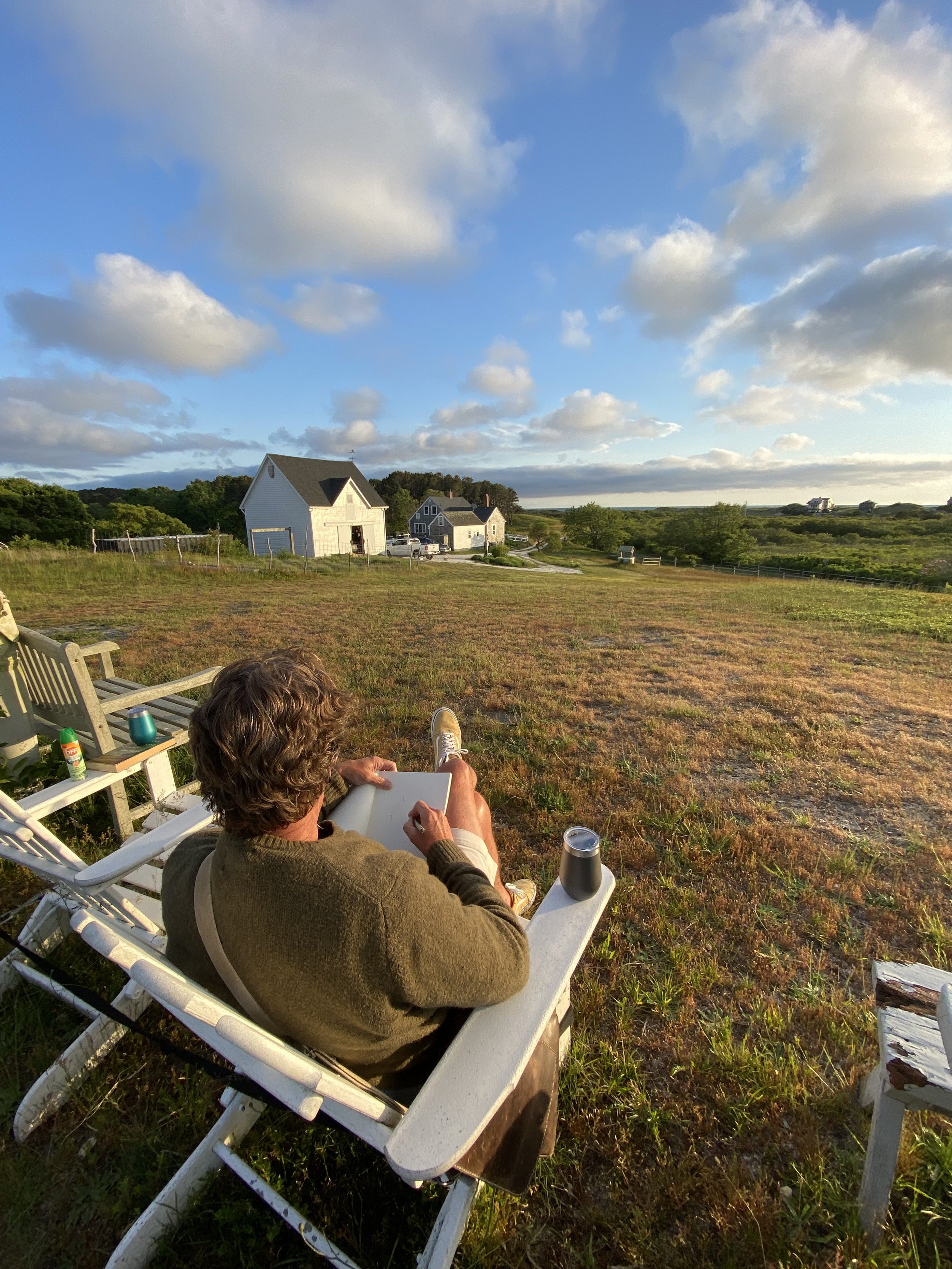Artist Spotlight: Dale O. Roberts
Dale O. Roberts, Building(s), encaustic on panel, 36” x 48”.
Dale O. Roberts graduated Cum Laude with a B.F.A. in Painting and Drawing from Tyler School of Art in 1982. His work has been shown at Gross McCleaf Gallery, Blue Heron Gallery, the Marshall Gallery, Church Street Gallery, and Art Nou Mil-Lenni Gallery in Barcelona, Spain, among others. Dale’s paintings have appeared in magazines and other publications and are in many private collections, including University of Pennsylvania Hospital, Fidelity Bank of Delaware, PECO, Cozen O’Connor Law Firm, Vanguard Investment Group, and Rutgers University Museum.
Dale paints with encaustic, as well as gouache, watercolor, oil, and other mediums. His process involves numerous preparatory drawings, color studies, reworking, and substantial reliance on memory. Often he brings a panel to a site to indicate proportion, point of view and scale concerns.
In addition to serving as an adjunct professor at Arcadia University, Dale has taught workshops at the International Encaustic Conference, The Encaustic Center, and the Federation of Canadian Artists in Calgary, Canada. He and his wife have two sons and live just outside of Philadelphia with their Springer Spaniel, Remy.
Can you tell us a little about yourself? How did you get your start as an artist?
I grew up in Upstate New York, where the farming community had no clue that you could make a living as an artist, and yet I was interested in art from a very young age. I started drawing when I was around five and began to paint around seven. I spent a lot of time drawing from life. Landscapes were a primary interest, as well as animals and later figure work. After art school, I began to see what was possible: I was exposed to the work of wonderful painters and teachers who allowed me to grasp that someone could actually make an art life work.
Dale O. Roberts, Flotsam, encaustic on panel, 16.5” x 14.5”.
What are you currently working on in the studio? How has your work evolved over the years?
Currently, my work seems focused on the ways we perceive the world around us, particularly in landscapes and cityscapes. Using sketches done from life and some alchemy in the studio, my process is ultimately about the paint, what is there, asking “How do I react to what’s there?” and the dynamic relationship between the paint and the panel in front of me.
Dale O. Roberts, Arches on Arch, encaustic on panel.
You will be teaching Creative Approaches To Painting Encaustic From Life October 5 - 7. What does this workshops focus on and what can students expect to leave with?
The workshop will be about pushing our own self-made boundaries in painting. It is about how to think, not what to think–freedom over formula. I have been experimenting with encaustic for about forty years, and I have discovered that I am not interested in writing a rulebook on how to use encaustic. Instead, I’m interested in cultivating a restless nature: a refusal to be satisfied with one technique of creating.
Although I do work from life and sketches, I am quite willing to pivot radically. Sometimes this means rounds of editing, or massively altering a work. Other times, this means paying attention to the paint itself. I believe my students come away with this empowerment: that they can approach their work in a way they did not consider before or even think possible. It is my hope that they will grow in a sense of abandon and freedom, holding to the idea that they can approach something that seems daunting, and find their way through.
Dale O. Roberts, The Cycles of Amsterdam, encaustic on panel, 36” x 42”.
What keeps you motivated in the studio? What is your typical studio day like? What's next on your horizon?
What keeps me motivated are folks like Rembrandt, Vermeer, and van Eyck and their towering achievements. Some of the modern painters, too, inspire me. Lately I’ve been looking at Hans Hoffman, Giacometti, Antonio Lopez Garcia – people that also paint from life but are free in their experimentation. Second, what keeps me motivated is that sense of exploration, as opposed to “arriving,” and always aiming for a result that will move the viewer.
Dale O. Roberts, Lost Edges, encaustic on panel, 23” x 23”.
These days, I am painting by 4:30 or 5 in the morning. I’ll work for a few hours, then eat breakfast and continue out in the studio. Midday, I take a run or walk my dog, to clear my head and move. In the afternoon, I paint again for up to 7 hours, and then I’ll spend time with my family. We enjoy cooking together and have a dog we love. I do a ton of reading. I am grateful for opportunities to help someone in need or assist with family or friends’ house project, and am glad to prioritize those times over anything else.
Anything else you'd like our readers to know?
I would like folks considering taking this workshop to realize that unless you try and are willing to dig deep and address problems, you will not develop as a painter. There is power in someone’s eagerness to take risks. This means trying methods that are outside your comfort zone. This also means broadening your range of inspirations, so your work is not so pigeonholed.
Keep your eyes open to the world around you. If you study with me, you will hear me say that anything we create is going to be a reflection on that world – there is nothing that we are making: a priori, it has already been made. When we paint, we are editors, borrowing from what is already there. Keeping our eyes open is how we learn from wonder and mystery.
To learn more about Dale and see additional images of his work, visit dalerobertsencaustic.com. You can also follow him on Instagram @dalerobertsencaustic or subscribe to his YouTube channel.
To register for Creative Approaches To Painting Encaustic From Life, visit rfpaints.com/workshops.







